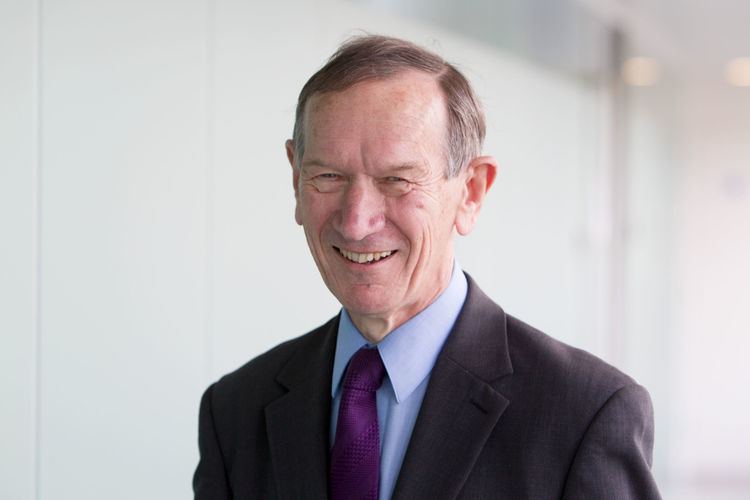Name Martin Lowson | Died 2013 | |
 | ||
Full Name Martin Vincent Lowson Born 5 January 1938 Totteridge, Hertfordshire, UK | ||
Professor Martin Lowson (5 January 1938 – 14 June 2013) was an aeronautical engineer. He held a number of senior academic appointments in UK and US universities, was a co-patentee of the BERP helicopter rotor system, and also made a significant contribution to the development of personal rapid transport systems.
Contents
- Early life
- Education
- Career
- Later career
- Personal life
- Personality and Legacy
- Death
- Honours and awards
- References
Early life
Martin Vincent Lowson was born in Totteridge, Hertfordshire, on 5 January 1938.
Education
He attended The King's School in Worcester, after which he became an apprentice with Vickers-Armstrong. In 1961, while studying at the University of Southampton, he was part of a team that achieved the first authenticated case of human-powered flight, in a vehicle called the 'Southampton University Man-Powered Aircraft'. He said that ‘driving the chase car with the whole team aboard as the aircraft took off was an incredible thrill’. He earned a first-class BSc with Honours in the Department of Aeronautics and Astronautics. Lowson gained a PhD in 1963, after which he spent a year in the Institute of Sound & Vibration Research, where he worked on aero-acoustics.
Career
In the 1960s, he published three papers on aerocoustics that are regarded 'to be of fundamental significance in the theoretical understanding of noise generation'.
In 1964, Lowson was appointed Head of Applied Physics at the Wyle Laboratories, in Huntsville, Alabama. While in this role, he worked on the Saturn V rocket in support of the Apollo programme, with a staff of over 50 people.
In 1969 he was appointed Rolls-Royce Reader in Fluid Mechanics, at Loughborough University. He held the post until 1973.
In 1973, he became Chief Scientist for Westland Helicopters, where he was one of two people who claimed a patent on the BERP helicopter rotor system. In 1986 an aircraft equipped with the system set a record for the fastest helicopter flight, (249.1 MPH) which is still extant as at 2014. The system is used on both the Lynx and EH101 helicopters.
He subsequently returned to academia as the Sir George White Professor of Aeronautical Engineering at the University of Bristol. The department is said to have 'thrived' during Lowson's tenure.
Later career
Lowson worked on the development of Personal Rapid Transport (PRT) systems, on the basis that it would provide people living in urban areas the freedom of movement that makes personal car ownership attractive, without many of the associated problems such as congestion, and finding parking space. In 1995, he set up Advanced Transport Systems Ltd, (later ULTra PRT Ltd) and was its Chief Executive Officer. The company won a government grant in 2000 to create a PRT test track in Cardiff which opened in 2001, and in 2005 won a contract to build the transport system from the car parks at Heathrow Airport to the new Terminal 5. As at April 2015, the system has carried 700,000 passengers, and has twice the operating hours of Google's automated car. At the time of his death, Lowson was investigating the feasibility of a PRT system around Bristol Temple Meads rail station.
Personal life
Lowson married Ann Pennicutt in 1961. They had two children, Sarah and Jonathan. Lowson's interests included squash and bluegrass music.
Personality and Legacy
A former colleague of Lowson's described him as 'always very supportive of people and understood their diverse interests and ways of working. He was very optimistic and positive, always looking ahead rather than blaming people, and came up with new ideas in all sorts of fields, from composite materials to energy harvesting, even while developing a whole innovative approach to rapid transport.'
Death
Lowson died of a stroke on 14 June 2013, at the age of 75.
